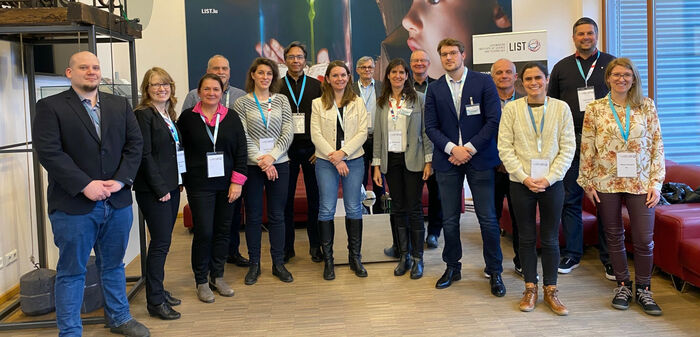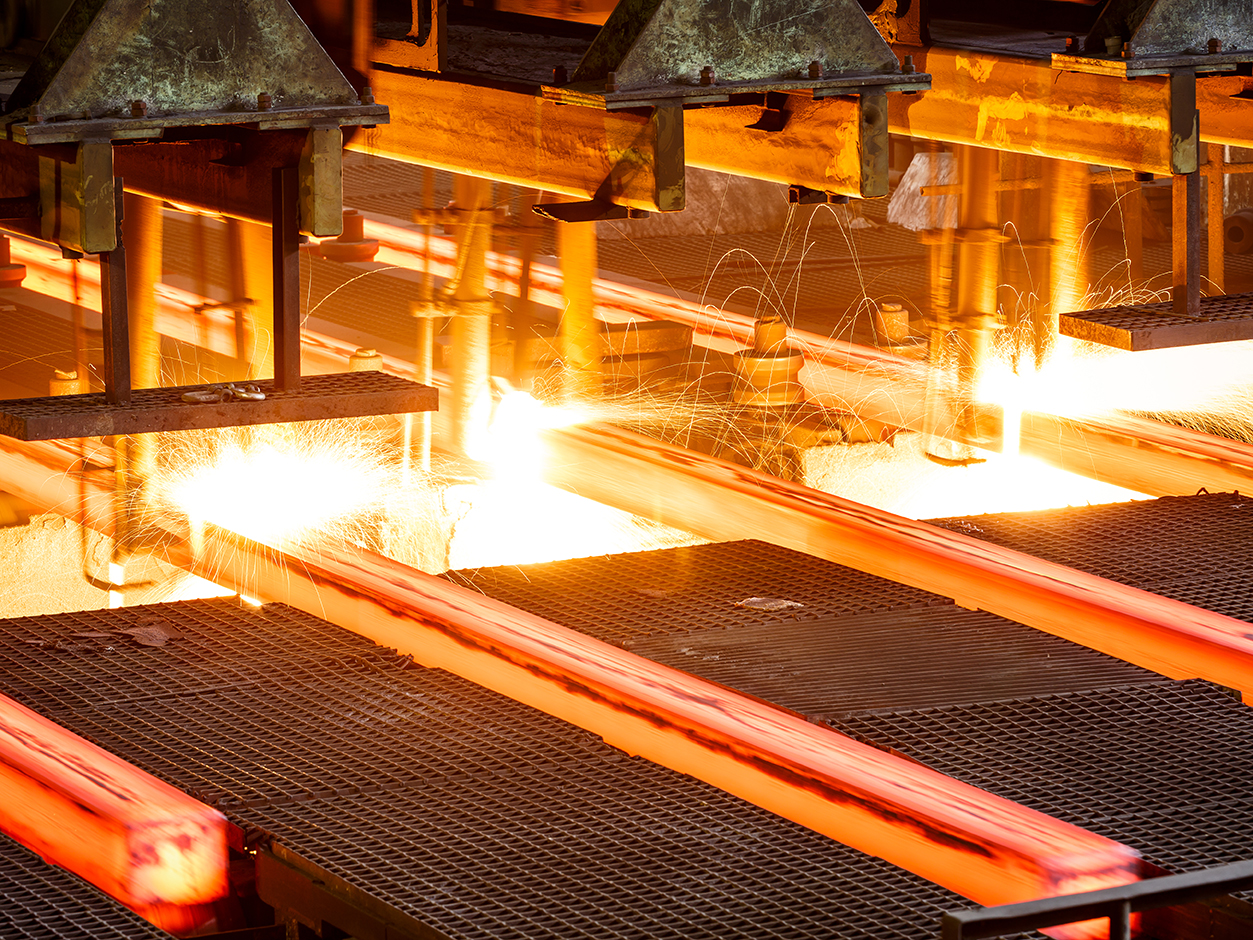Circularity and sustainability of the steel industry in Europe
Published on 18/01/2023
The dependence of Europe on imported steel resources is increasing. In view of the current environmental and economic challenges, this weakens the transformation of the steel industry towards more sustainable technologies. In order to guarantee the independence of this sector, as well as its compatibility with the objectives of decarbonization, LIST is pursuing an ambitious objective with its European partners through a new Horizon Europe project: Optimizing the recycling of residues throughout the steel production chain from both a techno-economic and environmental point of view.
New technologies for a circular production chain
"The steel industry often still uses blast furnaces, which are operated by burning a large amount of gas. This fossil resource is responsible for significant greenhouse gas emissions. The evaluation and use of new technologies are therefore essential to contribute to the decarbonization of this sector while ensuring its competitiveness", explained Elorri Igos, a researcher at LIST and coordinator of the project, which was launched at the beginning of January under the name TransZeroWaste.
The partners' ambition is to improve the reuse of waste as a raw material in two promising processes for decarbonising the sector, using hydrogen and electricity*. To achieve this, new recycling technologies based on magnetic energy and hydro-metallurgical treatment will be deployed in a full-scale environment (TRL 6 to 8) at two major steel producers: CELSA in Spain and Dillinger in Germany.
Environmental performance monitored by LIST
The project goes beyond the evaluation of the techno-economic performance of these new recycling technologies and considers their eco-design in order to ensure more sustainable choices. An environmental assessment will therefore be carried out by LIST experts, who will also carry out a global assessment of the steel production chain. "In this way, we will be able to observe whether the industry can achieve its decarbonization objectives by implementing different combinations of technologies," added Elorri.
In order to offer tailor-made support, LIST will also develop a decision support interface that includes both economic and environmental indicators. The main stakeholders will thus be able to visualize how to achieve their objectives according to the parameters chosen.
In the long term, these innovative solutions developed by the consortium members will pave the way for a steel production chain that not only relies less on imports but is also more circular and environmentally friendly.

* The first technique involves the direct reduction of ore using hydrogen to produce iron, which is then transformed into steel in an electric arc furnace. The second process also allows the recycling of scrap metal.
Share this page:
Contact
Luxembourg Institute of Science and Technology (LIST)
5, avenue des Hauts-Fourneaux
L-4362 Esch-sur-Alzette






